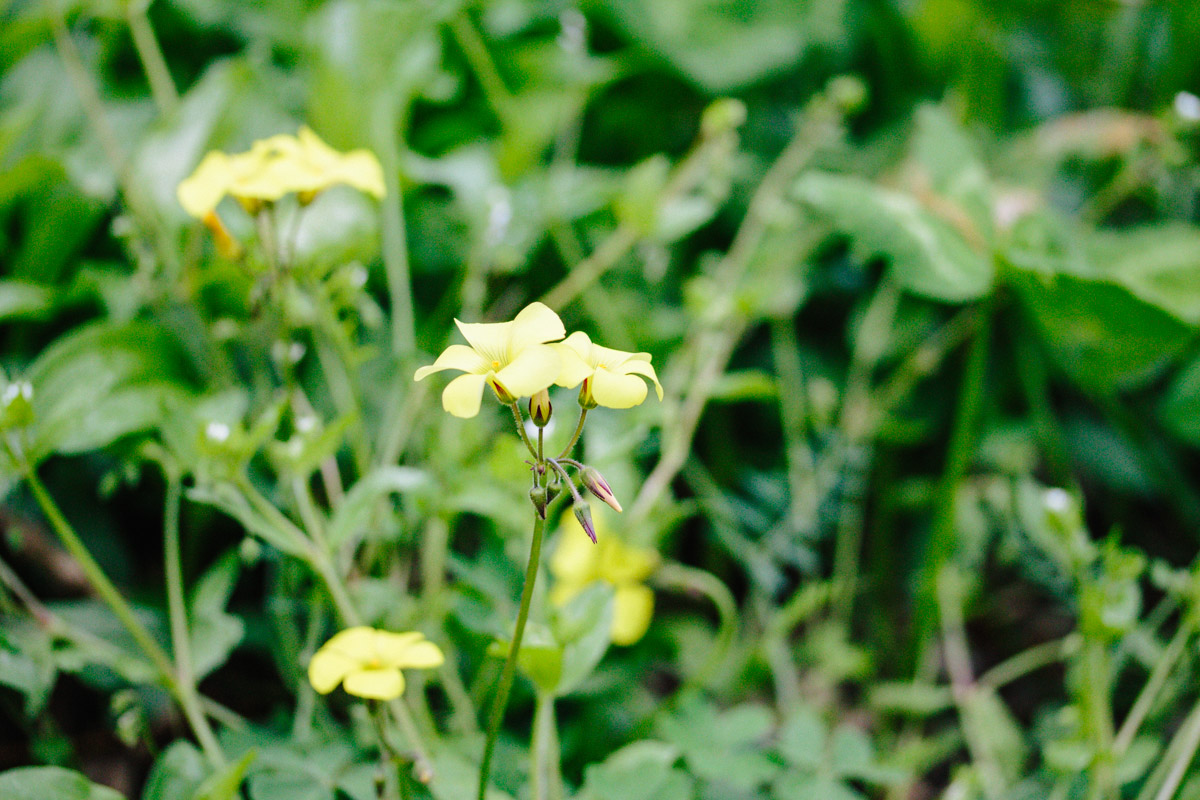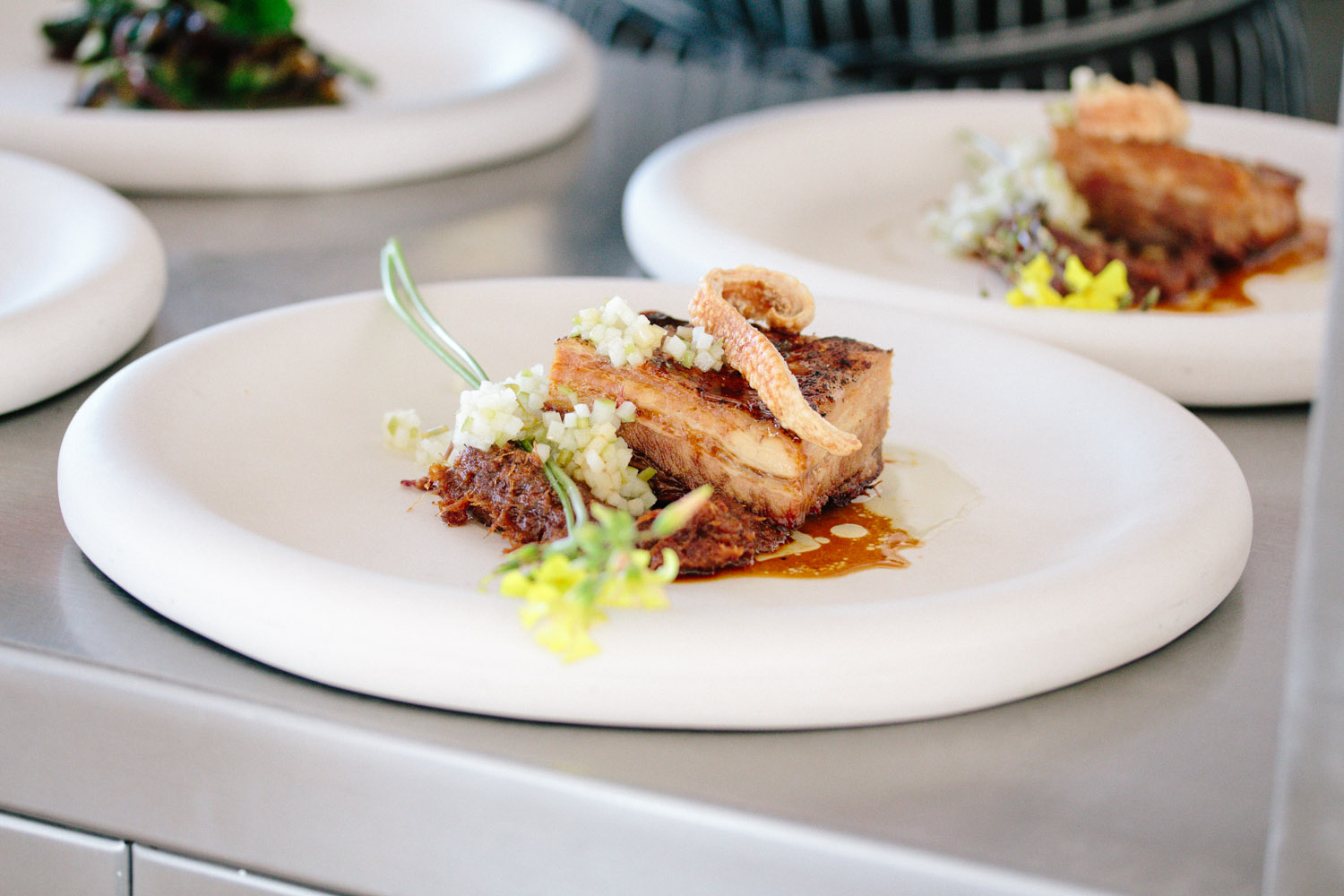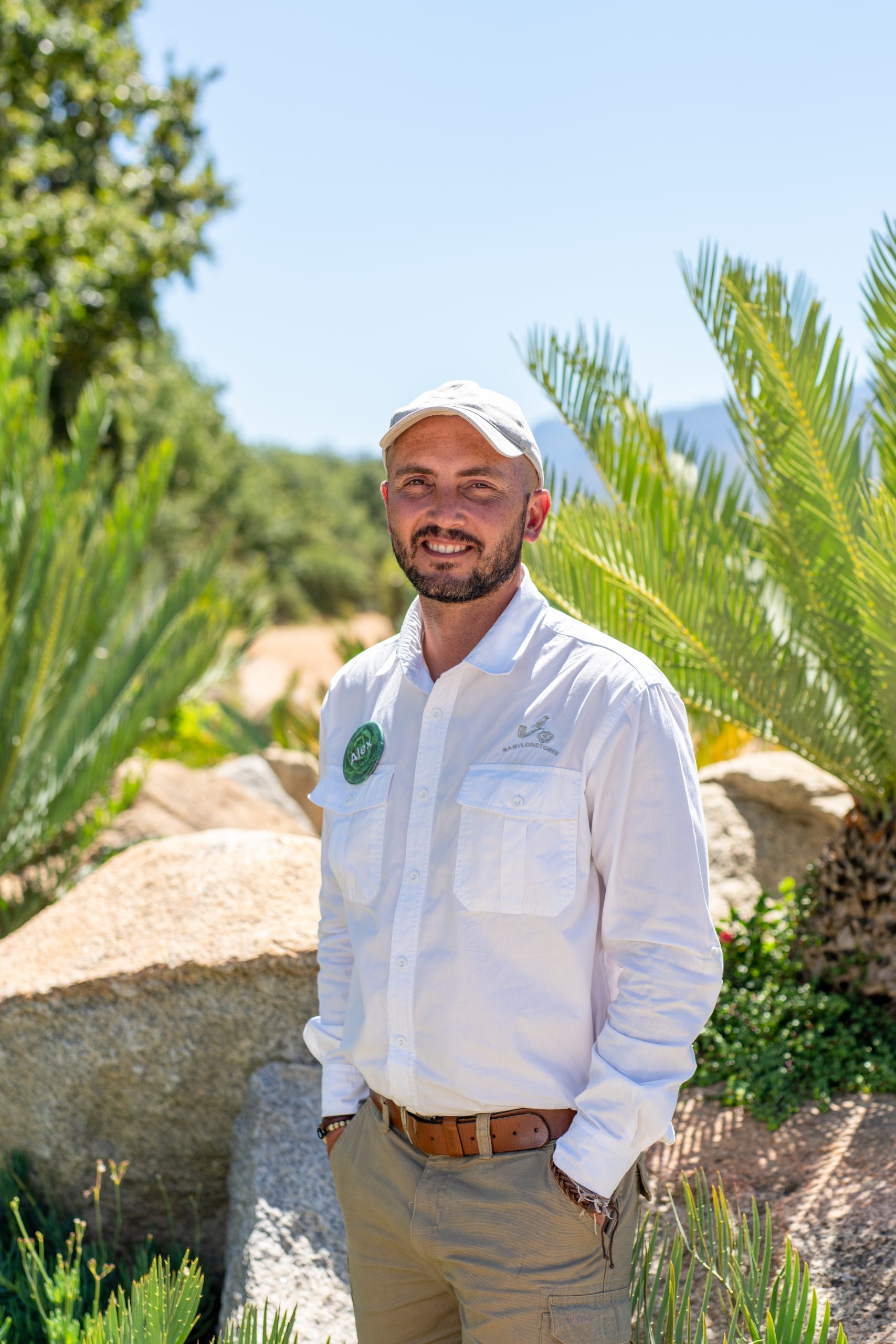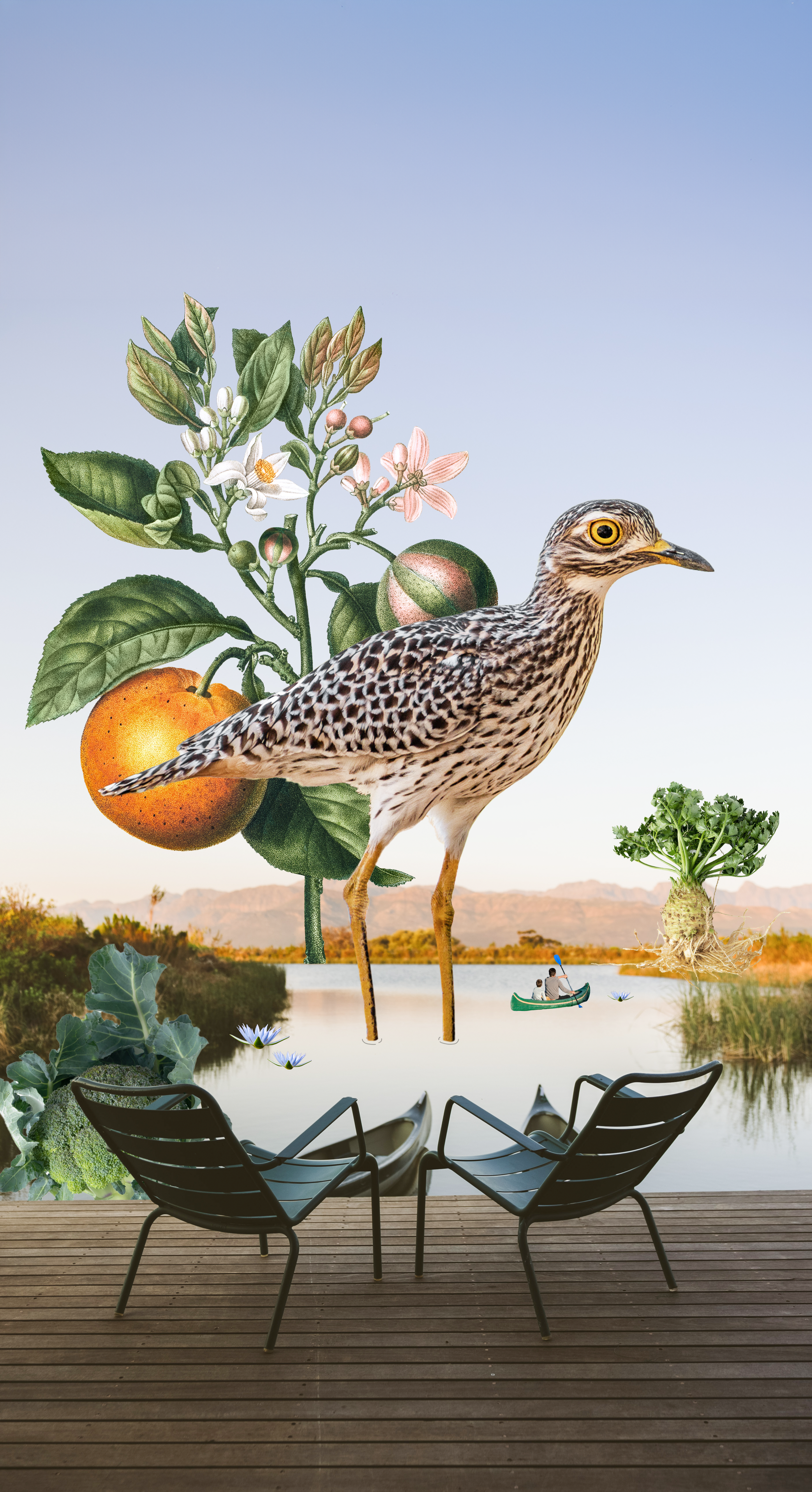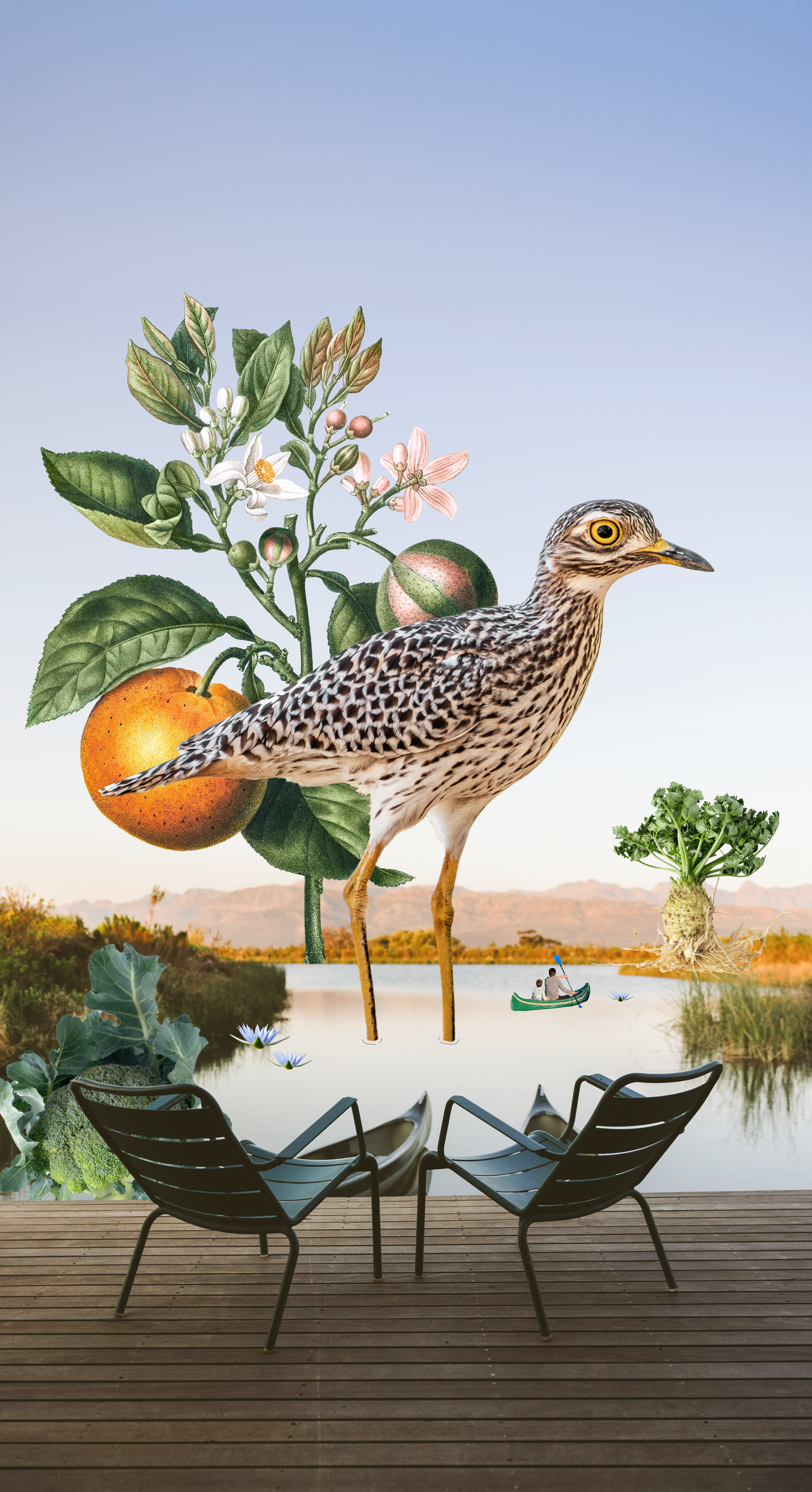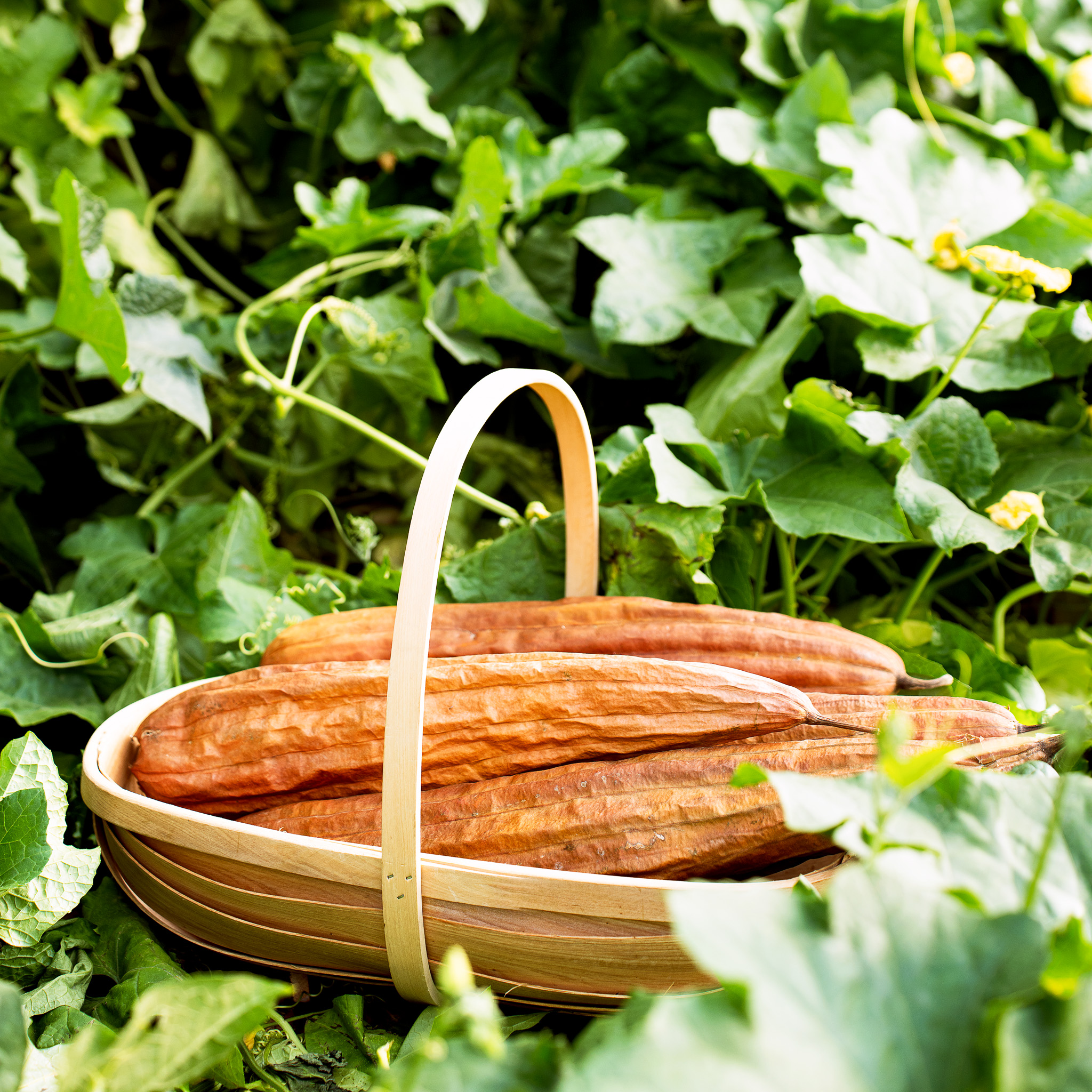Forage in your Backyard – Weeds to Eat
July 6th, 2017
The nights are cooling with the approach of autumn. Almost unnoticed, the surings* (wild sorrel) open up their umbrella leaves, expecting the annual rain to fall eventually. In the blink of an eye they’ve covered all the bare patches of my newly planted Healing Garden. No matter how carefully I follow the pale roots down deep to find the tiny bulbs, they keep escaping me. Elusive, persistent, the weeds are here to stay.
Oh, drat! They really don’t fit in with my themes and they will just continue to multiply. I don’t have many choices, but the most satisfying way of overcoming the enemy is to EAT THEM!
As children, we would munch happily on the long, succulent stems, bracing ourselves against the tart flavour, the luminous yellow flowers bouncing merrily at the end of the stem. As adults, we grow out of such cheerful engagements with our environment, but here’s my chance to change my attitude.
Lack of rain has given us a chance to appreciate those hardy plants that come uninvited but equipped to endure all sorts of hardships. It’s particularly noticeable in our vegetable garden, where we disturb the soil regularly, that any exposed area will have a host of weeds competing for space. Best would be to mulch thickly around the planted vegetables to prevent this from happening; however, seeing that we often neglect that practice, nature has come up to provide her own remedy.
Weeds function as scar tissue for wounded soil. They rapidly cover exposed soil, providing the necessary protection for the soil’s microbial activity. Many weeds are annual and with the end of season decay will then continue to form a mineral-rich compost, restoring the soil’s imbalances and allowing for the development of a healthier soil in the future.
No need to dispel all weeds to the compost heap. You could make the most of some of the edible weeds by piling them up on your plate. A simple meal can be tasty as well as remarkably nutritious and healthy. Most can be used the same way as spinach and other leafy vegetables.
I must be grateful to my grandfather who, lost in Russia during the Second World War, managed to survive by munching on dandelions. If it wasn’t for that, I most probably wouldn’t be here today. With due respect, I make sure to cook a few dandelions whenever I can.
*Surings is the descriptive Afrikaans name for the indigenous Oxalis pes-caprae or, in English, Cape sorrel.
– Gundula Deutschlander
